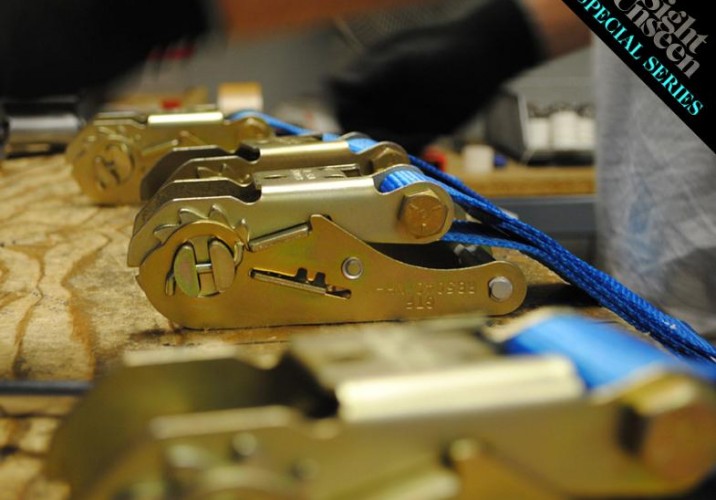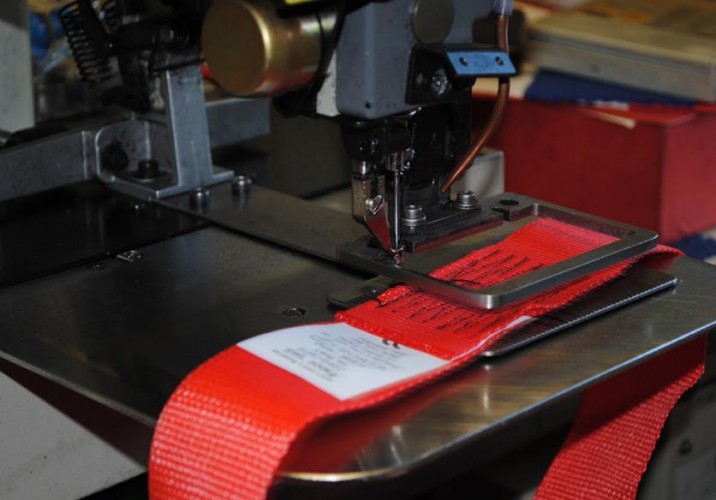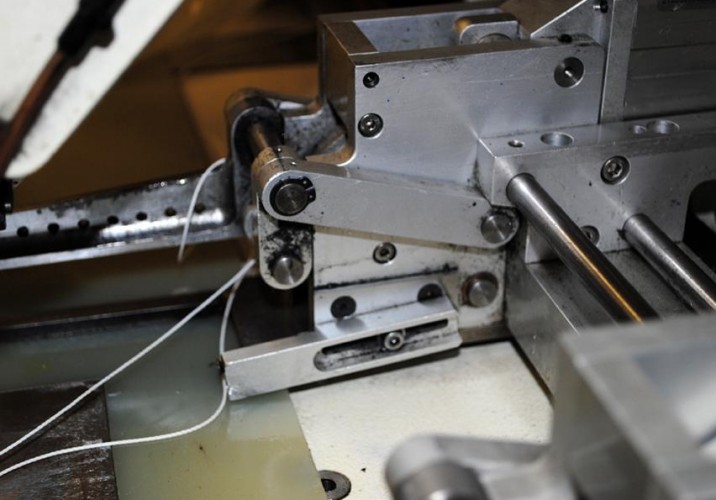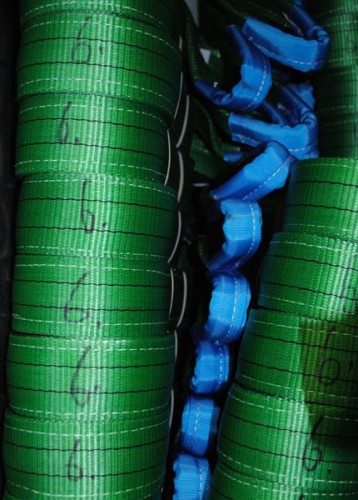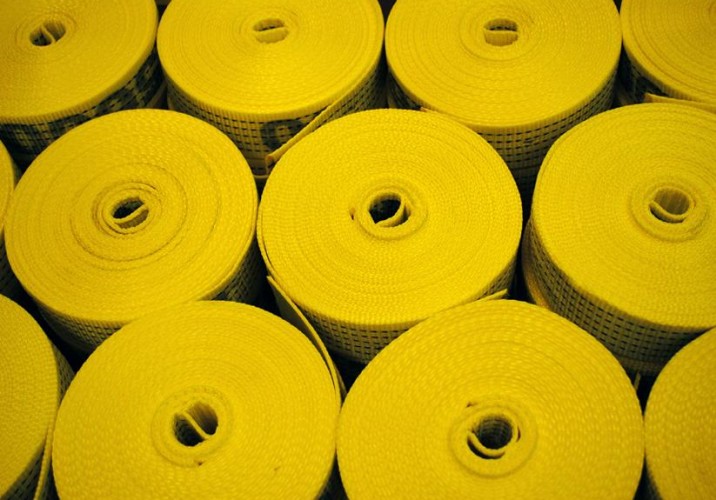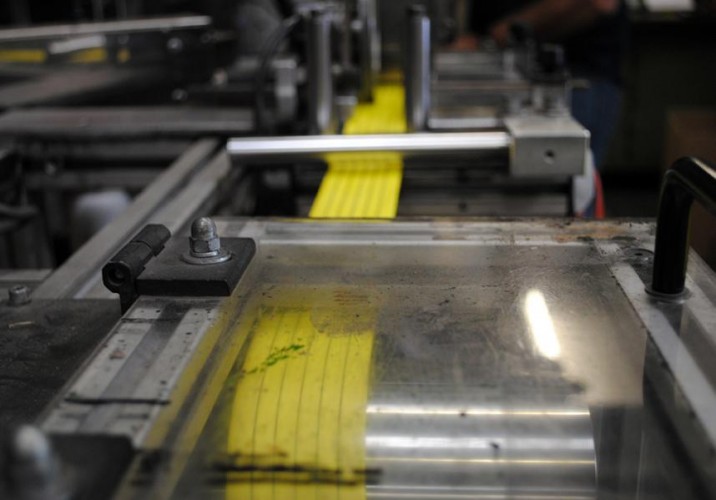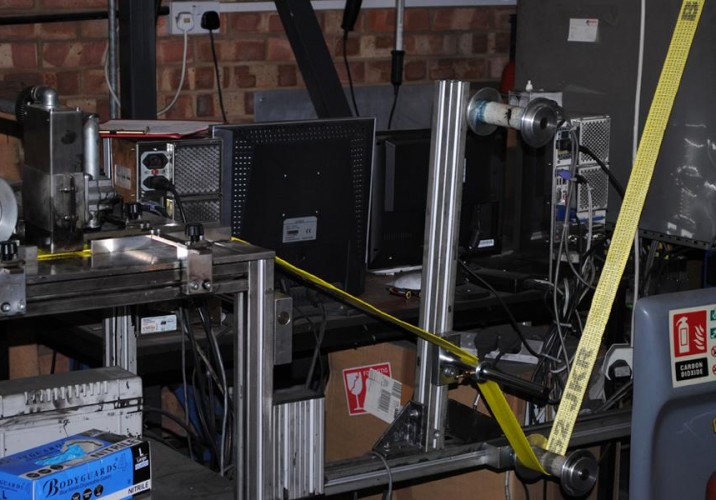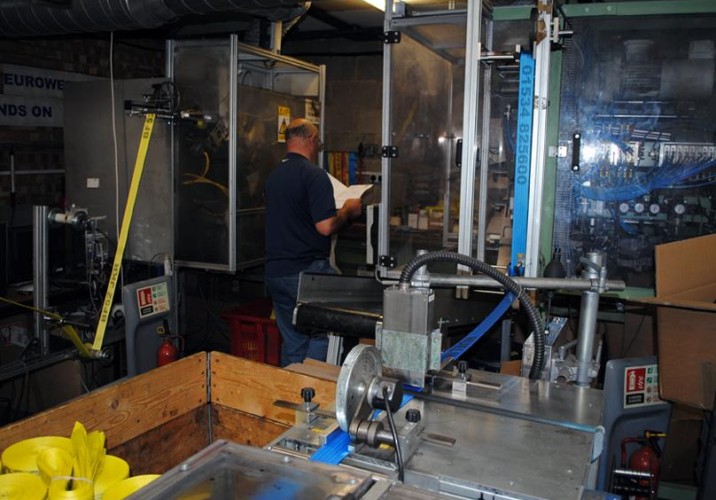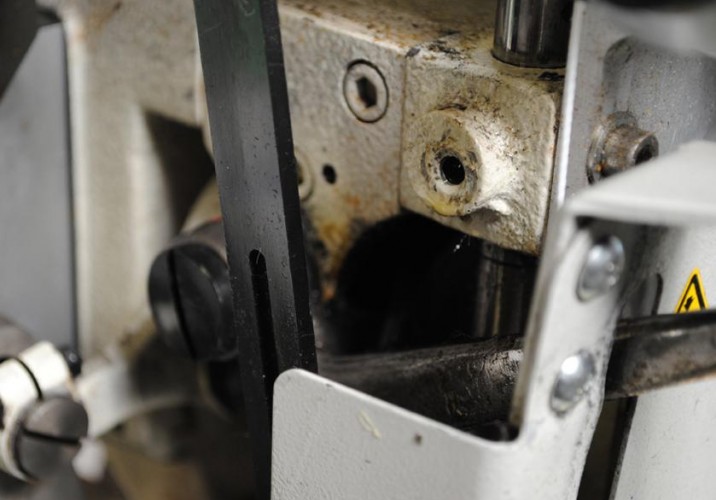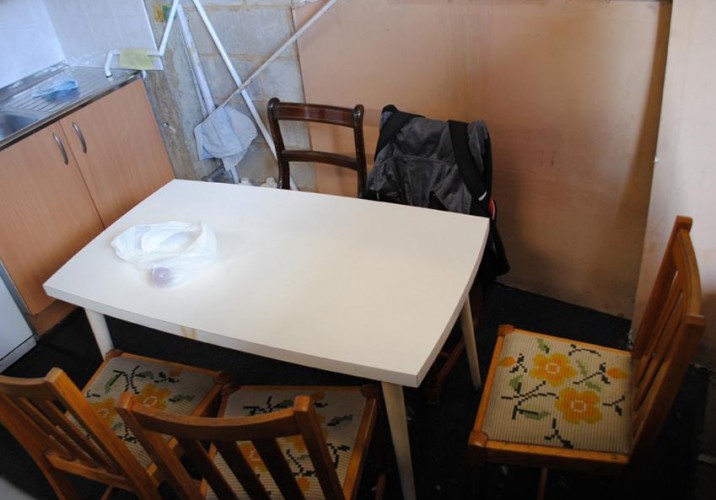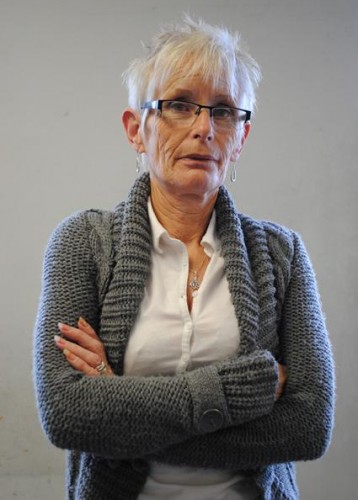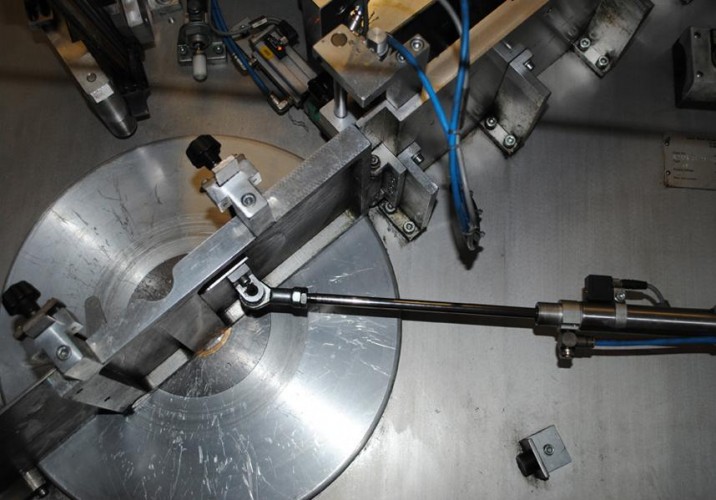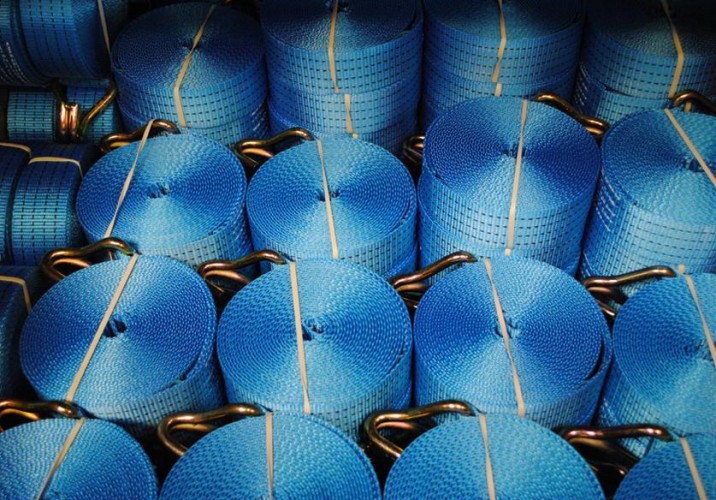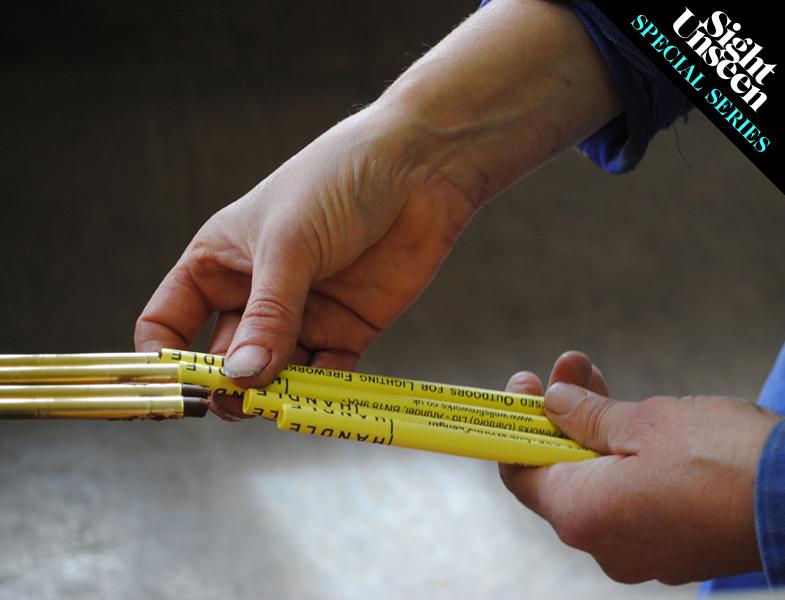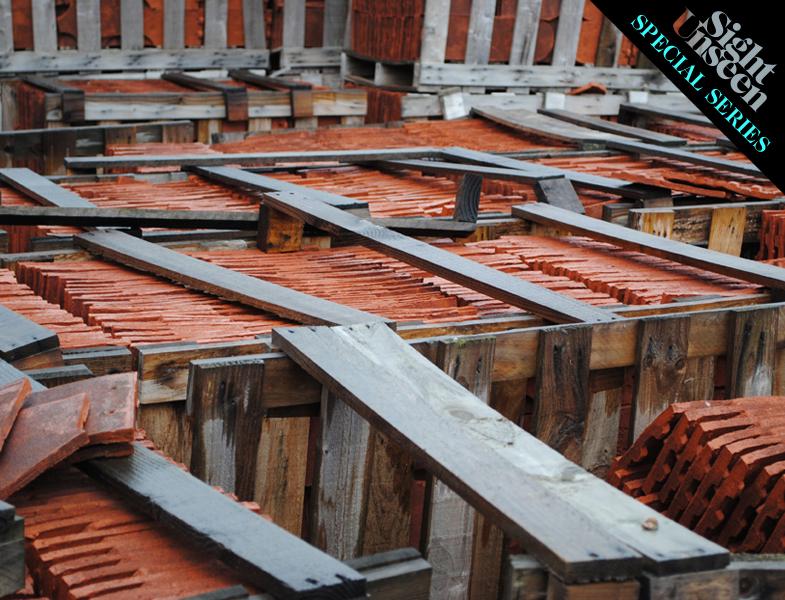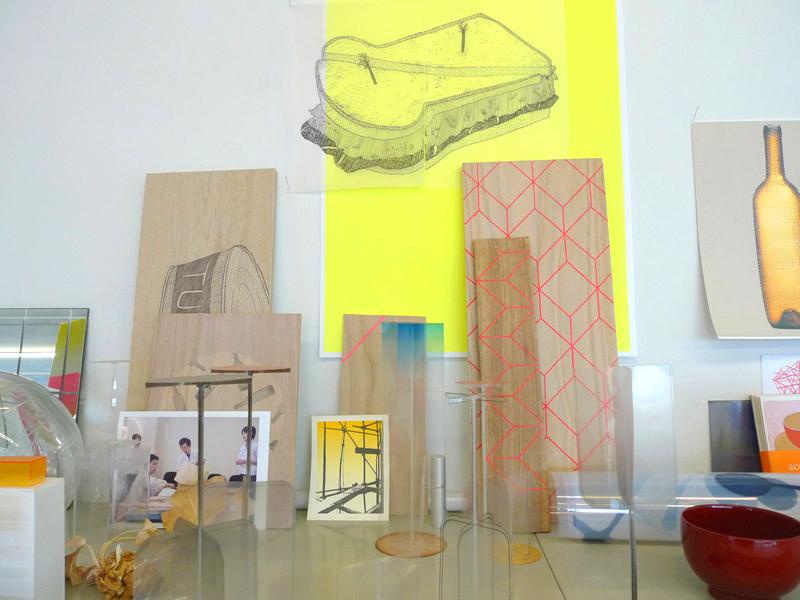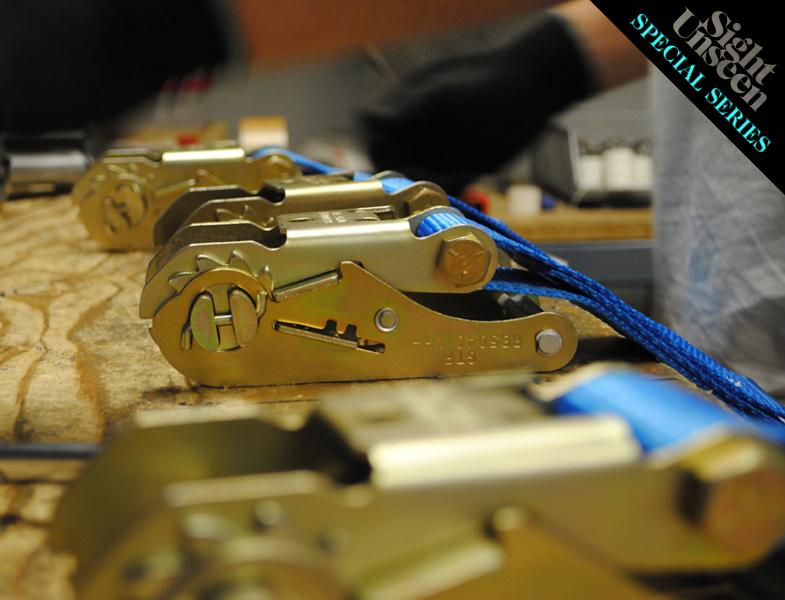
11.30.11
Factory Tour
Carly Mayer: The Ratchet Strap
Despite being a trained sculptor, or possibly because of it, British artist Carly Mayer didn’t have to reach very far for a metaphor to describe the experience of visiting one of the factories peppered throughout Sussex, England, for the first time: “It reminded me a lot of Ai Weiwei’s ‘Sunflower Seeds,’” she recalls. “These people were working so hard to make each object perfect and identical. It’s an art, but the extreme opposite of my own practice.” Mayer had seen buildings like these a million times — both in her native Manchester and while passing through the areas surrounding Brighton, where she’s now based — without ever comprehending what went on inside them. Driven in part by her mounting curiosity and in part by a lifelong obsession with how things are made, she began cold-calling roof-tile and fireworks fabricators and inviting herself over, the plan being to document what she found for a local photography festival. The results, which Sight Unseen will be featuring Monday through Thursday of this week, not only remind viewers of how much human ingenuity and hard work still lies behind many of the objects we take for granted in our everyday lives, they also helped Mayer reflect on her own artistic process. She describes the experience for us below.
“GTF — which calls itself the ‘leading manufacturer of load restraint equipment’ — is based in Eastbourne, on an industrial estate home to hundreds of companies that lies behind closed corrugated-iron sheets and heavy doors. This kind of setting has become familiar and unobtrusive in the daily life of Brightonians, as many of us pass by them regularly without even wondering what lies inside.
“When I arrived at the factory, I was greeted by the very lovely Patrick Tait, who manages the site and welcomed me into his world. Personally, I had never given the humble ratchet strap much thought; it serves a purpose not universal or common, but practical and specialist. Most of us would never have any need for one. As I ventured further inside, I was greeted by several heavy-duty sewing machines, and unlike the typical assembly line, a more fractured setup, with pods of people working on specific tasks. The stacks of brightly colored, coiled strapping looked like massive sweets in an out-of-scale candy shop.
“The gentleman I photographed in this slideshow was from Poland, and his job was to attach the locking mechanisms to the straps by hand. It took a great deal of strength and focus, which was a stark contrast to his bubbly personality and massive smile.
“The webbing the company manufactures needs to withstand a great amount of force and meet a very high safety standard. To test the product, the factory employs a machine that simulates the force of 20 tons. The straps are attached at either end onto what can only be described as a Stretch Armstrong type of mechanism, and they’re pulled taught by a weight until the fibers eventually snap with an overwhelming bang. The machine cleverly provides a printout afterwards, with a graph explaining at what weight the strap lost its functionality. It ensures that the level of quality within the factory remains uniformly high.”
